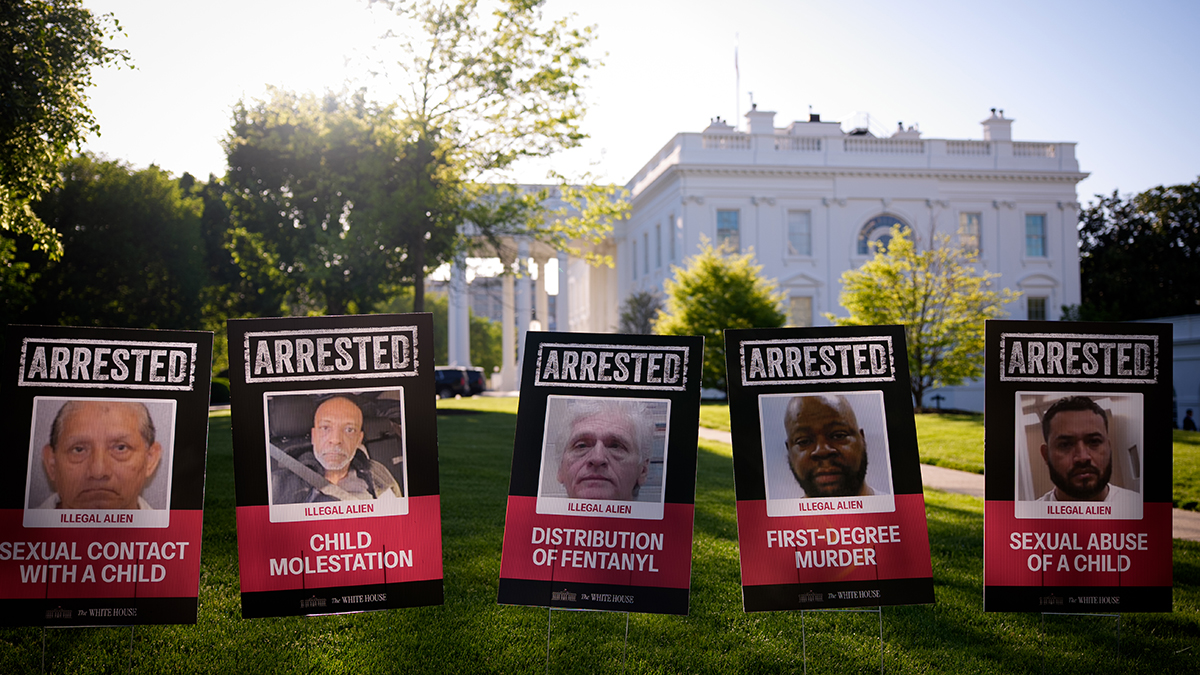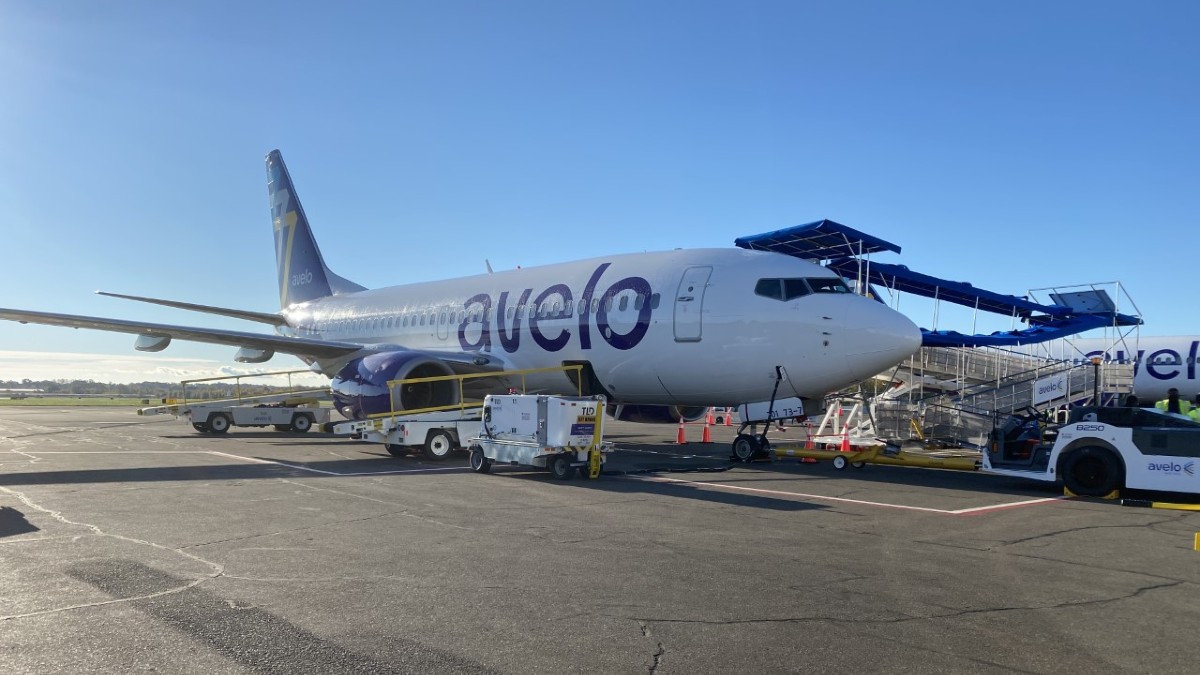White House Migrant Photos: Controversy and Implications
Controversy on Display: White House Driveway Becomes Gallery of Alleged Criminal Migrants
Introduction: A Picture is Worth a Thousand Words, or a Political Statement?
Imagine walking up to the White House, not greeted by the grandeur of American history, but by a series of large posters showcasing the faces of individuals the administration claims are migrants arrested for various crimes. That's the reality that has unfolded recently, transforming a familiar backdrop for White House press briefings into a highly charged visual statement. But what's the message, and what are the implications? Is this a legitimate concern for public safety, or a politically motivated move aimed at shaping public opinion on immigration? Let's dive in and explore the complexities of this controversial display.
The Driveway Display: Setting the Scene
Dozens of large posters, each featuring a photograph of an individual identified as a migrant and allegedly arrested for a crime, now line the White House driveway leading to the West Wing. These aren't subtle additions; they're large, prominent, and impossible to ignore. Think of it like setting the stage for a play, but instead of actors, you have faces, and instead of a script, you have implied accusations.
Strategic Placement: A Reporter's View
The location is no accident. This driveway is a popular spot for reporters conducting live broadcasts from the White House. These images are now likely to appear in the background of numerous news segments, potentially influencing viewers nationwide. It’s like adding an uninvited guest to every news report, subtly shaping the narrative on immigration.
The Administration's Stance: Public Safety or Political Messaging?
Understanding the Official Justification
The White House has positioned this display as a necessary measure to highlight the alleged dangers posed by undocumented immigrants. The administration claims that these individuals have been arrested for serious crimes, thus justifying the visual display as a matter of public safety. Is this a genuine effort to protect citizens, or is it exploiting fear to advance a political agenda? That's the question many are asking.
A History of Immigration Rhetoric
This display needs to be viewed within the broader context of the administration’s history of rhetoric on immigration. Past statements and policies have often framed immigration as a threat, contributing to a climate of fear and anxiety. This isn't happening in a vacuum. It builds on a pre-existing narrative.
The Critics' Concerns: Due Process and Demonization
Lack of Context and Due Process
A significant concern revolves around the lack of context and due process. The administration hasn't provided detailed information about the alleged crimes or whether these individuals have been convicted. This raises serious questions about fairness and the potential for misrepresentation. Imagine being judged solely on a single, potentially misleading photograph.
The Risk of Generalization and Stigmatization
Critics argue that this display unfairly generalizes and stigmatizes all immigrants. By associating a few individuals with alleged criminal activity, it risks creating a negative perception of the entire immigrant community. It's like judging an entire book based on a single, out-of-context sentence.
The Legal Landscape: Immigration and Criminal Justice
Understanding Immigration Laws
Navigating immigration law is complex. Many violations of immigration law are civil offenses, not criminal ones. It's important to distinguish between someone who has overstayed a visa and someone who has committed a violent crime. The nuances often get lost in the heated political discourse.
The Role of Criminal Justice
The criminal justice system is based on the principle of "innocent until proven guilty." This display potentially undermines that principle by presenting individuals as guilty before they have had their day in court. It's a direct challenge to the foundations of our legal system.
The Media's Role: Reporting vs. Amplifying?
The Dilemma of Coverage
The media faces a challenge in reporting on this display. On one hand, it's news, and they have a responsibility to inform the public. On the other hand, simply showing the images without critical analysis risks amplifying the administration's message. Where do you draw the line between reporting and endorsing?
Fact-Checking and Contextualization
The media needs to prioritize fact-checking and providing context. This means verifying the administration's claims and presenting a balanced perspective that includes the voices of critics and advocates. It's about providing the whole story, not just one side of it.
Public Reaction: Divided Opinions
Supporters' Views
Supporters of the display likely see it as a necessary step to protect public safety and enforce immigration laws. They may believe that it sends a strong message that criminal activity will not be tolerated. For them, it's a matter of security and order.
Opponents' Concerns
Opponents view the display as divisive, harmful, and potentially illegal. They argue that it fuels xenophobia, violates due process, and undermines the principles of justice and fairness. They see it as a dangerous precedent for the government to publicly shame individuals before they have been convicted of a crime.
The Broader Impact: On Immigration Policy and Public Discourse
Potential Policy Implications
This display could influence future immigration policy decisions. It could be used to justify stricter enforcement measures, reduced immigration levels, and increased funding for border security. It's a piece of a larger puzzle that could reshape immigration policy for years to come.
Impact on Public Discourse
The display has already intensified the debate over immigration. It has further polarized public opinion and made it more difficult to have a constructive dialogue on the issue. Can we find common ground in this increasingly divided environment?
Ethical Considerations: Is This Morally Justifiable?
The Ethics of Public Shaming
Publicly displaying the faces of individuals accused of crimes raises serious ethical questions. Is it morally justifiable to shame and potentially endanger individuals before they have been convicted? What responsibility does the government have to protect the privacy and dignity of all individuals, regardless of their immigration status?
The Power of Visual Propaganda
Images have a powerful impact on our emotions and perceptions. This display can be seen as a form of visual propaganda aimed at shaping public opinion and influencing policy decisions. Are we being manipulated by carefully curated images?
Alternatives to the Driveway Display: Finding Constructive Solutions
Focusing on Facts and Evidence
Instead of relying on emotionally charged displays, policymakers should focus on facts and evidence. This means conducting thorough research, analyzing data, and engaging in informed discussions about immigration policy. Let's move beyond rhetoric and embrace evidence-based solutions.
Promoting Comprehensive Immigration Reform
Comprehensive immigration reform that addresses both border security and pathways to citizenship is essential. This requires a balanced approach that recognizes the contributions of immigrants while also addressing legitimate security concerns. It's about finding a solution that works for everyone.
The Future of the Display: How Long Will It Last?
The Administration's Timeline
The duration of the display remains uncertain. It could be a temporary tactic or a long-term strategy to influence public opinion on immigration. Only time will tell how long these faces will remain on display.
Potential Legal Challenges
The display could face legal challenges based on First Amendment grounds or privacy concerns. It's possible that a court could order the administration to remove the images. The legal battleground could be the next stage in this controversy.
Conclusion: A Complex Issue with No Easy Answers
The White House driveway display is a stark reminder of the complex and often divisive nature of the immigration debate. It raises serious questions about due process, the ethics of public shaming, and the power of visual propaganda. While the administration frames it as a matter of public safety, critics see it as a politically motivated attempt to demonize immigrants. Ultimately, this situation calls for a more nuanced and compassionate approach to immigration policy, one that is based on facts, evidence, and a commitment to justice and fairness. The images on that driveway are not just photos; they represent real people, real stories, and real consequences.
Frequently Asked Questions (FAQs)
- What specific crimes are these migrants allegedly accused of?
The White House has not released detailed information about the specific crimes or convictions of the individuals featured in the display, leading to concerns about transparency and due process.
- Is it legal for the White House to display these images?
The legality of the display is debatable and could be challenged on First Amendment grounds or privacy concerns. Legal experts have differing opinions on whether it violates any laws.
- How does this display affect public perception of immigrants?
Critics worry that the display could create a negative and inaccurate perception of immigrants as a whole, potentially fueling xenophobia and discrimination.
- What alternatives could the White House use to address concerns about crime and immigration?
Alternative approaches include sharing detailed crime statistics, advocating for comprehensive immigration reform, and focusing on community-based solutions to address crime.
- What can I do to voice my opinion about this display?
You can contact your elected officials, participate in peaceful protests, support organizations that advocate for immigrant rights, and engage in respectful dialogue with others who hold different views.


